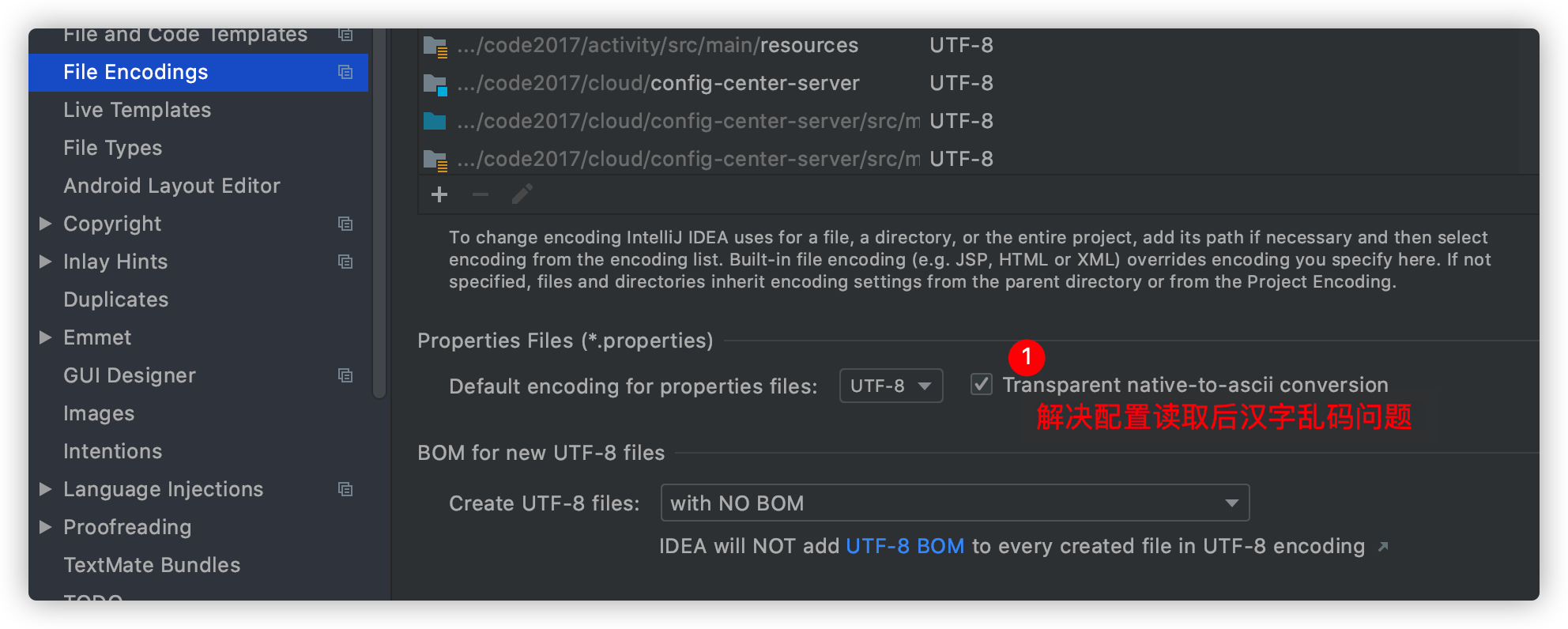MySQL-Explain相关详解.md
EXPLAIN列的解释:
table:显示这一行的数据是关于哪张表的
type:这是重要的列,显示连接使用了何种类型。从最好到最差的连接类型为const、eq_reg、ref、range、index和ALL
type显示的是访问类型,是较为重要的一个指标,结果值从好到坏依次是:system > const > eq_ref > ref > fulltext > ref_or_null > index_merge > unique_subquery > index_subquery > range > index > ALL 一般来说,得保证查询至少达到range级别,最好能达到ref。possible_keys:显示可能应用在这张表中的索引。如果为空,没有可能的索引。可以为相关的域从WHERE语句中选择一个合适的语句
key: 实际使用的索引。如果为NULL,则没有使用索引。很少的情况下,MYSQL会选择优化不足的索引。这种情况下,可以在SELECT语句中使用USE INDEX(indexname)来强制使用一个索引或者用IGNORE INDEX(indexname)来强制MYSQL忽略索引
key_len:使用的索引的长度。在不损失精确性的情况下,长度越短越好
ref:显示索引的哪一列被使用了,如果可能的话,是一个常数
rows:MYSQL认为必须检查的用来返回请求数据的行数
Extra:关于MYSQL如何解析查询的额外信息。将在表4.3中讨论,但这里可以看到的坏的例子是Using temporary和Using filesort,意思MYSQL根本不能使用索引,结果是检索会很慢
extra列返回的描述的意义
Distinct:一旦MYSQL找到了与行相联合匹配的行,就不再搜索了
Not exists: MYSQL优化了LEFT JOIN,一旦它找到了匹配LEFT JOIN标准的行,就不再搜索了
Range checked for each Record(index map:#):没有找到理想的索引,因此对于从前面表中来的每一个行组合,MYSQL检查使用哪个索引,并用它来从表中返回行。这是使用索引的最慢的连接之一
Using filesort: 看到这个的时候,查询就需要优化了。MYSQL需要进行额外的步骤来发现如何对返回的行排序。它根据连接类型以及存储排序键值和匹配条件的全部行的行指针来排序全部行
Using index: 列数据是从仅仅使用了索引中的信息而没有读取实际的行动的表返回的,这发生在对表的全部的请求列都是同一个索引的部分的时候
Using temporary 看到这个的时候,查询需要优化了。这里,MYSQL需要创建一个临时表来存储结果,这通常发生在对不同的列集进行ORDER BY上,而不是GROUP BY上
Where used 使用了WHERE从句来限制哪些行将与下一张表匹配或者是返回给用户。如果不想返回表中的全部行,并且连接类型ALL或index,这就会发生,或者是查询有问题不同连接类型的解释(按照效率高低的顺序排序)
system 表只有一行:system表。这是const连接类型的特殊情况
const:表中的一个记录的最大值能够匹配这个查询(索引可以是主键或惟一索引)。因为只有一行,这个值实际就是常数,因为MYSQL先读这个值然后把它当做常数来对待
eq_ref:在连接中,MYSQL在查询时,从前面的表中,对每一个记录的联合都从表中读取一个记录,它在查询使用了索引为主键或惟一键的全部时使用
ref:这个连接类型只有在查询使用了不是惟一或主键的键或者是这些类型的部分(比如,利用最左边前缀)时发生。对于之前的表的每一个行联合,全部记录都将从表中读出。这个类型严重依赖于根据索引匹配的记录多少—越少越好
range:这个连接类型使用索引返回一个范围中的行,比如使用>或<查找东西时发生的情况
index: 这个连接类型对前面的表中的每一个记录联合进行完全扫描(比ALL更好,因为索引一般小于表数据)
ALL:这个连接类型对于前面的每一个记录联合进行完全扫描,这一般比较糟糕,应该尽量避免
先看一个例子:
1 | mysql> explain select * from t_order; |
select_type的说明
1 |
|
PowerMock学习
PowerMock 学习研究
添加maven依赖
1
2
3
4
5
6
7
8
9
10
11
12
13
14
15
16
17
18
19
20
21
22
23
24
25
26
27
28
29
30<dependency>
<groupId>org.springframework.boot</groupId>
<artifactId>spring-boot-starter-test</artifactId>
<version>${spring.boot.version}</version>
<scope>test</scope>
<exclusions>
<exclusion>
<groupId>org.junit.vintage</groupId>
<artifactId>junit-vintage-engine</artifactId>
</exclusion>
</exclusions>
</dependency>
<dependency>
<groupId>junit</groupId>
<artifactId>junit</artifactId>
<version>4.13</version>
<scope>test</scope>
</dependency>
<dependency>
<groupId>org.powermock</groupId>
<artifactId>powermock-api-mockito2</artifactId>
<version>2.0.7</version>
<scope>test</scope>
</dependency>
<dependency>
<groupId>org.powermock</groupId>
<artifactId>powermock-module-junit4</artifactId>
<version>2.0.7</version>
<scope>test</scope>
</dependency>
非spring环境的mock测试
1 | @RunWith(PowerMockRunner.class)//等效 在@Before方法中加MockitoAnnotations.initMocks(this); |
现在学docker来得及吗
Spring一些小Tips
Bean的申明方式
在A中实现
FactoryBean接口来完成B的初始化,达到Bean的声明效果1
2
3
4
5
6
7
8
9
10
11
12
13
14
15
16
17
18
19
20
21
22
23
24
25
26
27
28
29
30
31
32
33
34
35
36
37
38
39
40
public class TestA implements InitializingBean, FactoryBean<TestB> {
@Getter
@Setter
private int a;
private TestB testB;
@Override
public void afterPropertiesSet() throws Exception {
this.testB = new TestB();
}
@Override
public TestB getObject() throws Exception {
return this.testB;
}
@Override
public Class<?> getObjectType() {
return (this.testB != null ? this.testB.getClass() : TestB.class);
}
@Override
public boolean isSingleton() {
return true;
}
}
@Data
public class TestB {
private int b;
}
@Configuration
public class BeanConfig {
@Bean
public TestA testA() {
return new TestA();//此时B已经声明好了
}
}
如何使用
@Value初始化类静态属性1
2
3
4
5
6
7
8
9
10
11
12
13@Component
public class TestC {
public static String s;
@Value("${test.s}")
public void setS(String sVal) {//使用set方法注入,方法需要是非静态的
s = sVal;
}
public static String getS() {
return s;
}
}properties乱码解决

Mysql常用指令记录
MySQL常用的一些语句记录,想不起来的时候来这里看看
一步一步学习Linux
重学Linux
vim 常用快捷键
h← 光标左移一个字符j↓ 光标下移一个字符k↑ 光标上移一个字符l→ 光标右移一个字符ctrl+f屏幕向下移动一页 [Page Down]效果ctrl+b屏幕向上移动一页 [Page Up]效果ctrl+d屏幕向上移动半页ctrl+u屏幕向上移动半页0移动到这一行的最前面字符处$移动到这一行的最后面字符处H光标移动到屏幕的最上方那一行的第一个字符M光标移动到屏幕的中央那一行的第一个字符L光标移动到屏幕的最下方那一行的第一个字符G光标移动到这个文件的最后一行的第一个字符nGn为数字。移动到这个文件的第n行。例如:20G表示移动到20行gg移动到文件的第一行或者:1shift+g移动到文件的最后一行或者:$N[Enter]n为数字。光标向下移动n行
yy复制光标所在行,nyy复制光标所在往后的n行p粘贴复制的数据
SpringBoot1Quartz集群模式
本文记录了SpringBoot1.x如何集成QuartzCluster
聊一聊Java调用外部脚本
Java如何在Linux服务器上调用shell、py等可执行文件
通常你会这么做:
1 |
|
实时上这样写不会生效
正确的姿势
1 |
|
开心一刻
Spring @Bean 标签
1 |
|
A: 你这样反复调用testA()方法会产生很多对象,巴拉巴拉…你这样不对,快改。
B:一脸啊懵逼….
1 | 输出结果: |
老子说:夫为不争,故无忧。博君一笑!!!